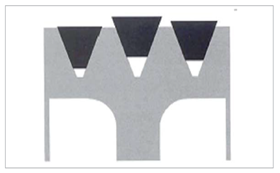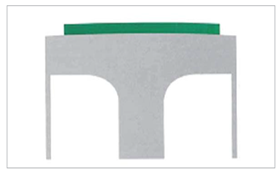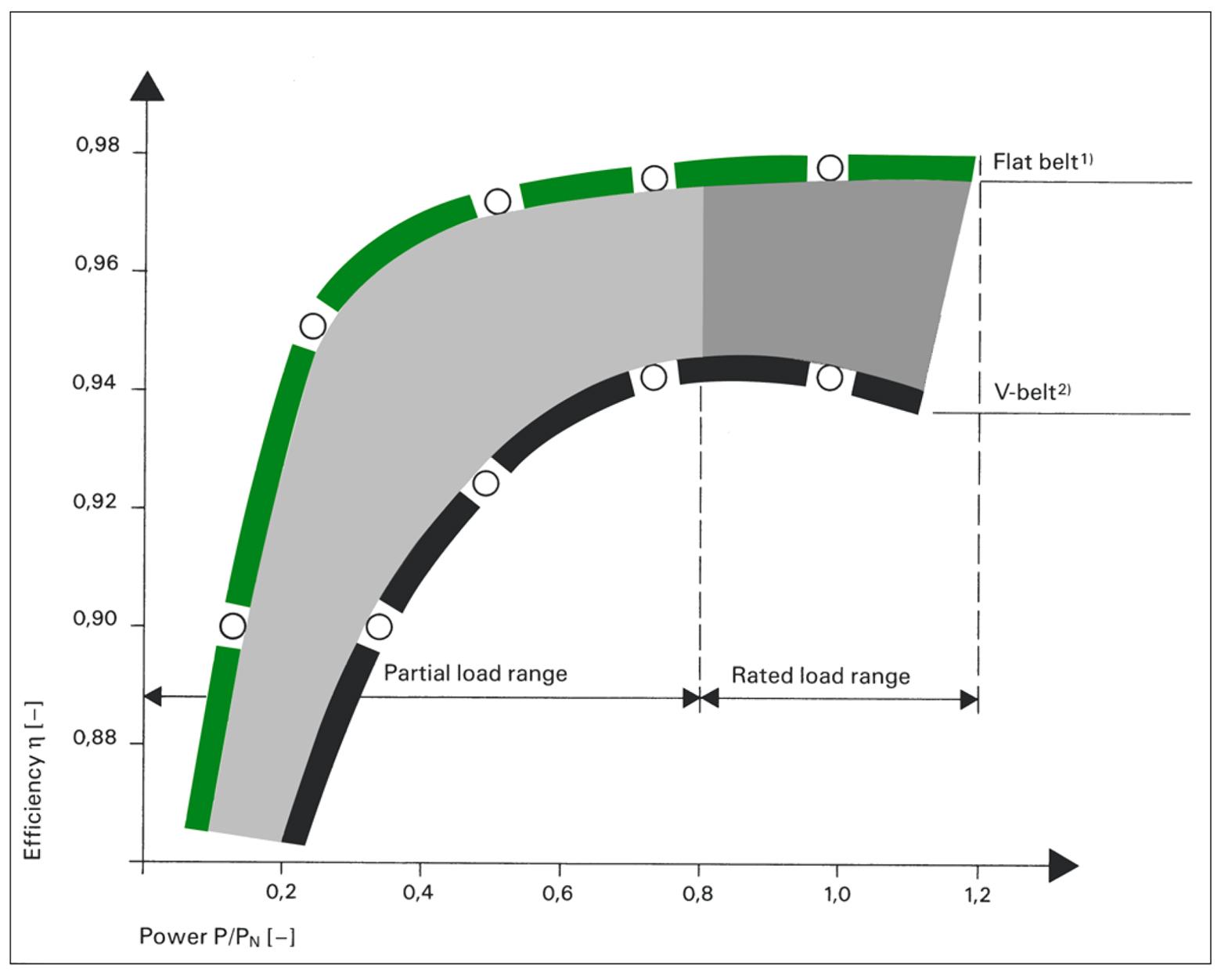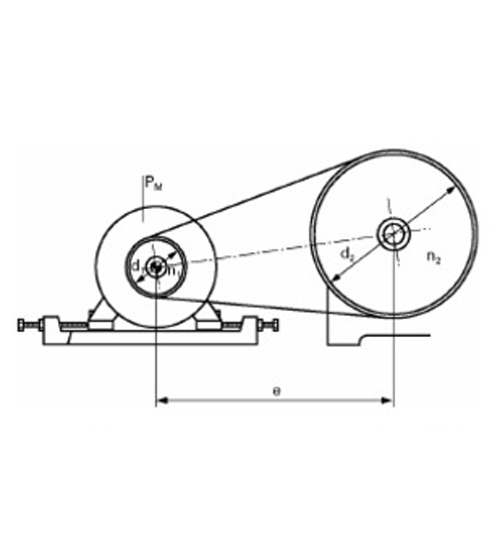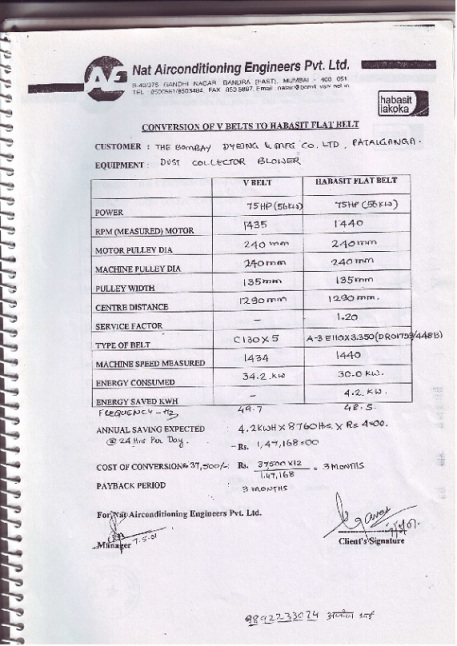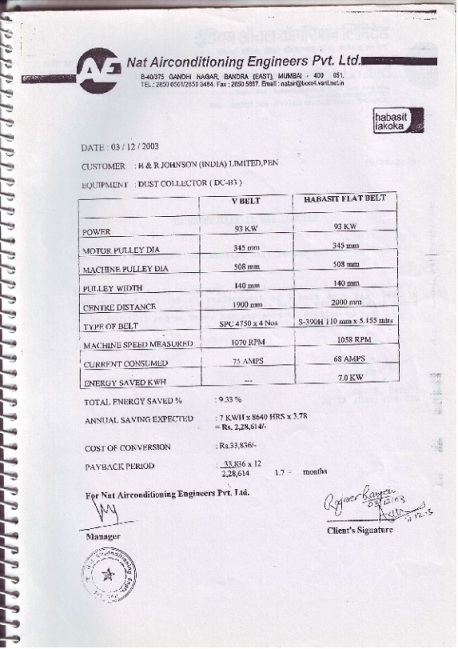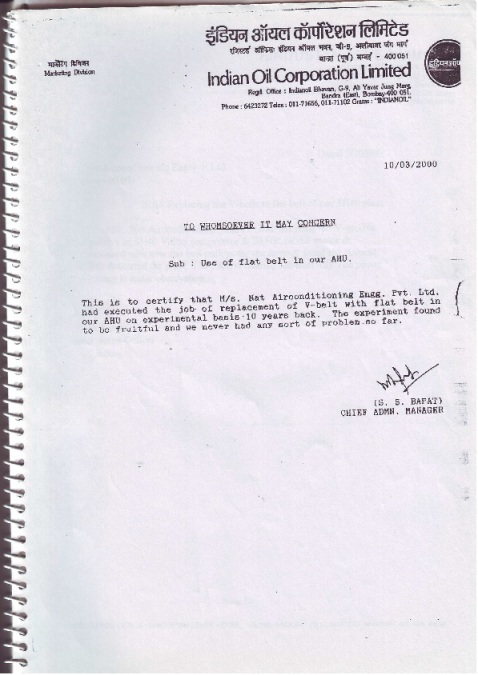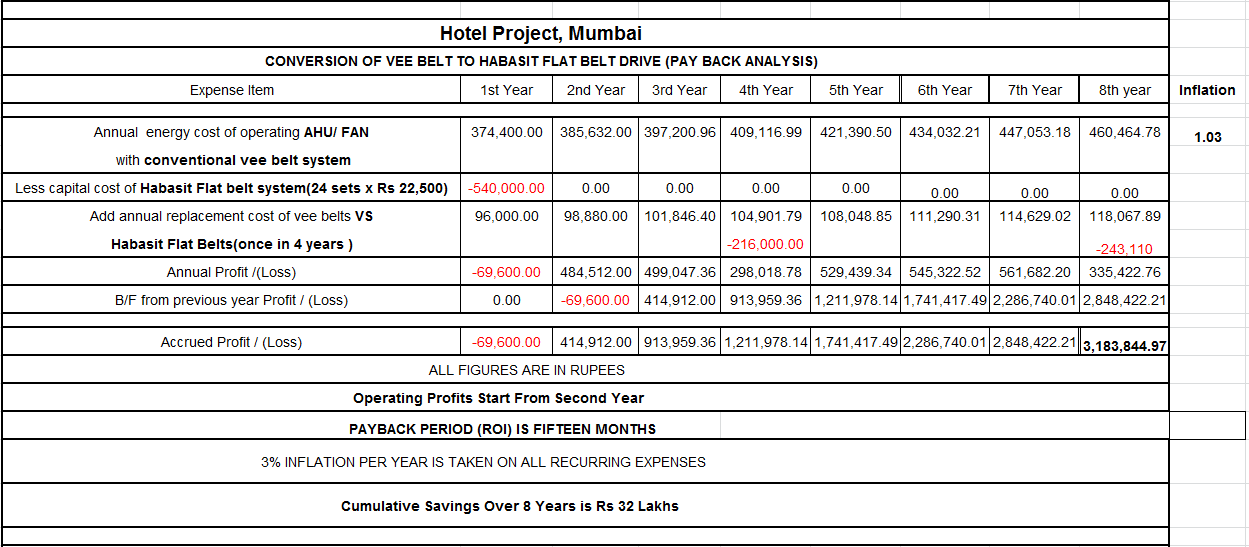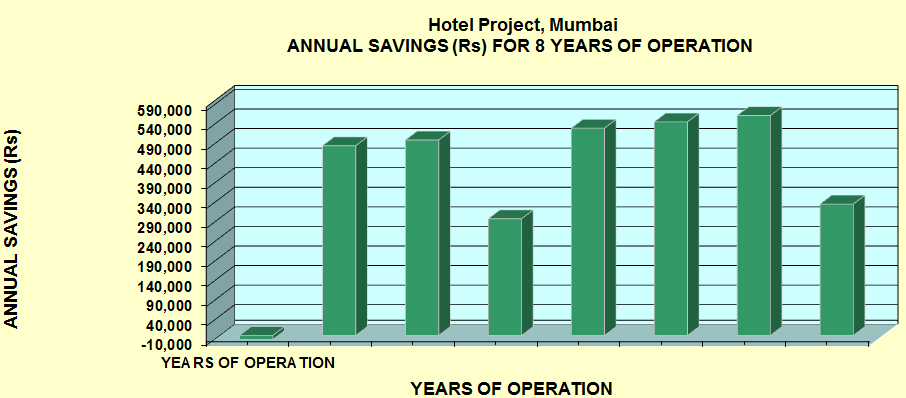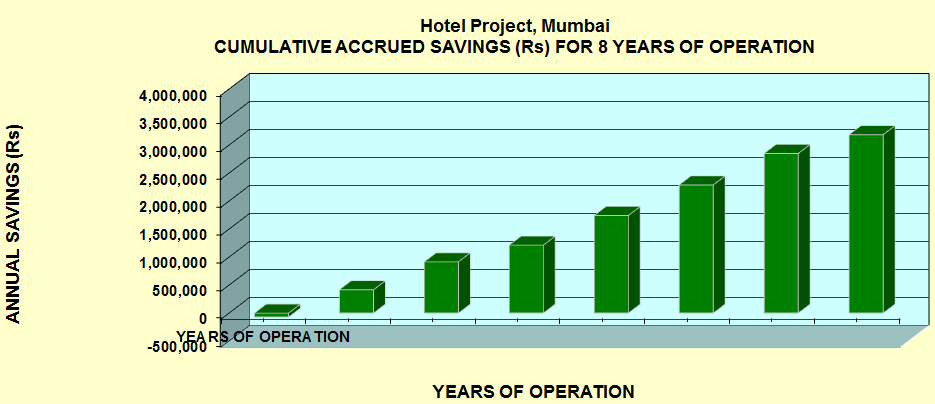- Frictional Engagement between the lateral wedge surfaces require a large cross-section and high stiffness of V-belts
- High Energy loss due to cyclic bend
- V-belts are wedging in the grooves and pulling out from grooves
- Energy loss and high wear
- Frcitional Engagement between lateral wedge surfaces of the belt profile
- Large bending cross-section, large mass
- Different effective diameters and thus varying speeds of individual belts
